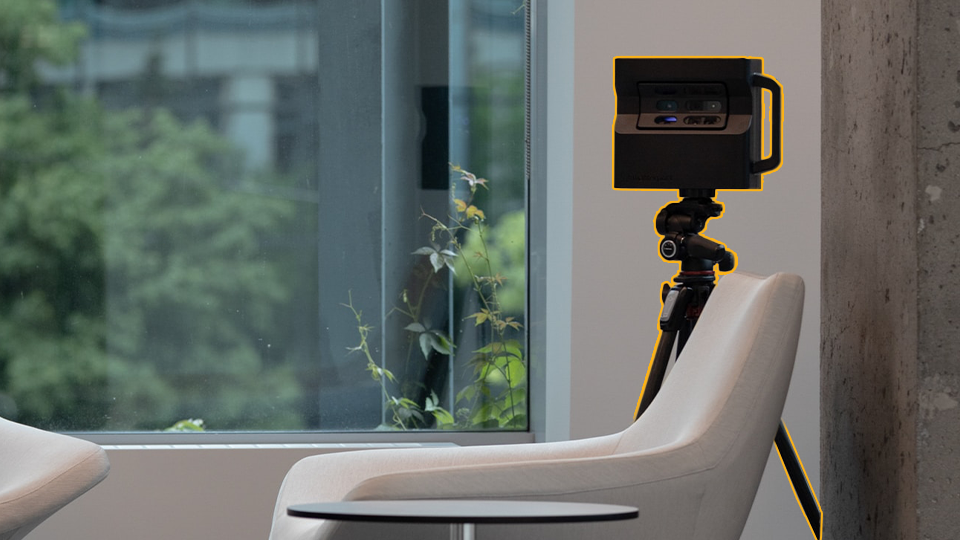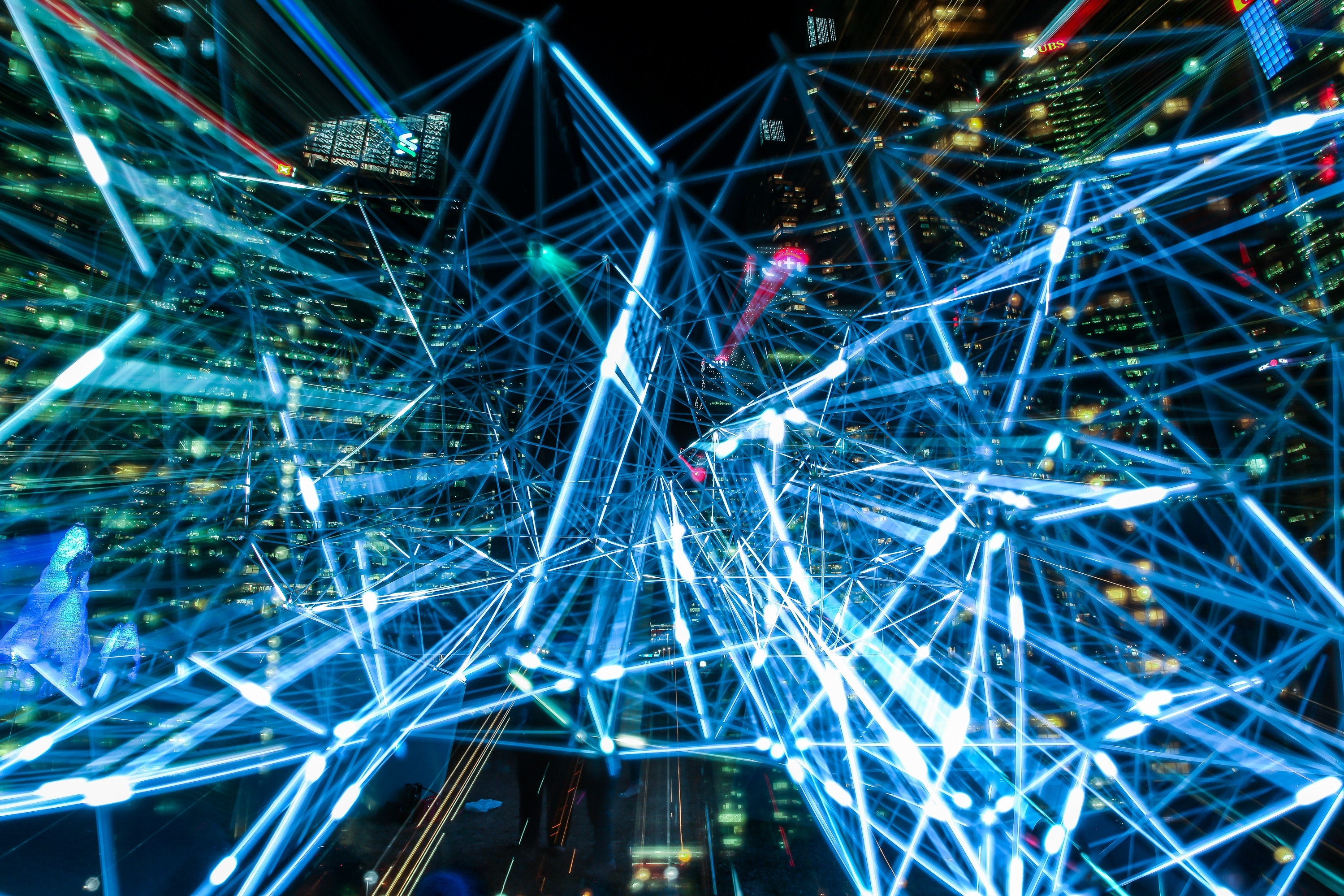
Robotic ImagingOctober 04, 2023
The Architecture, Engineering, and Construction (AEC) industry is witnessing a revolutionary transformation through the integration of Artificial Intelligence (AI) capabilities. AI has become a key driving force, empowering architects, engineers, and construction professionals to streamline processes, enhance design, improve efficiency, and deliver superior outcomes. Today, we're exploring the profound impact of AI integration in the architecture industry while also highlighting the advancements in laser scanning with AI capabilities.
AI Integration in Architecture:
The architecture industry was traditionally reliant on manual processes and human judgment, but the integration of AI is changing the landscape significantly. AI-powered applications have brought automation, efficiency, and innovation to architectural practices. One of the notable changes is in the design phase, where AI algorithms can analyze extensive databases and generate multiple design options that meet specified parameters. This assists in rapid prototyping, optimization, and precise simulations, enabling architects to explore unique design possibilities.
AI algorithms are enhancing the accuracy and efficiency of tasks such as building code compliance, site analysis, and structural simulation. These algorithms can efficiently review building codes and regulations, ensuring compliance and reducing the risk of errors. By analyzing site conditions and evaluating external factors like solar radiation and wind patterns, architects can significantly improve design decisions. The ability to simulate and test designs quickly provides architects with more time to focus on creativity rather than repetitive tasks.
AI is also playing an indispensable role in the construction phase by optimizing project management and resource allocation. Automated project management tools employ AI algorithms to schedule tasks, monitor progress, track costs, and predict potential delays. By harnessing the power of AI, project managers can ensure timeliness, cost-effectiveness, and better decision-making throughout the construction process.
Laser Scanning with AI Capabilities:
In parallel with the integration of AI, laser scanning technology has seen tremendous advancements. Laser scanning, combined with AI capabilities, is revolutionizing the way architects and developers capture and analyze existing structures, accurately depicting complex geometries and providing valuable insights.
Laser scanning employs high-precision measurements to capture three-dimensional data of existing buildings. AI algorithms are then utilized to process and analyze this data, extracting vital information such as dimensions, surface conditions, and material properties. This data is then integrated into architectural modeling software, enabling architects to create accurate as-built models or leverage it for renovations, retrofits, or expansions.
The marriage of laser scanning and AI capabilities is also significantly improving the efficiency of building inspections. By automating the detection of structural defects, material degradation, and potential hazards, architects can conduct thorough assessments more rapidly and precisely. The AI-powered algorithms can identify irregularities in the scanned data and flag areas that require further investigation, ensuring greater accuracy and reducing risks.
The architecture industry is undergoing a remarkable evolution with the integration of AI capabilities. From design optimization to project management and construction, AI is driving unprecedented efficiencies and delivering superior outcomes. Furthermore, laser scanning, complemented by AI algorithms, is transforming how architects capture, analyze, and assess existing structures, leading to enhanced precision, faster inspections, and improved decision-making.
As the architecture industry embraces AI and laser scanning technologies, the potential for innovation and creativity will only continue to expand. Architects and professionals in the AEC industry must adapt to these advancements to capitalize on the opportunities AI integration presents. Ultimately, the fusion of AI and architecture will shape a future that is marked by greater efficiency, enhanced sustainability, and awe-inspiring design.

